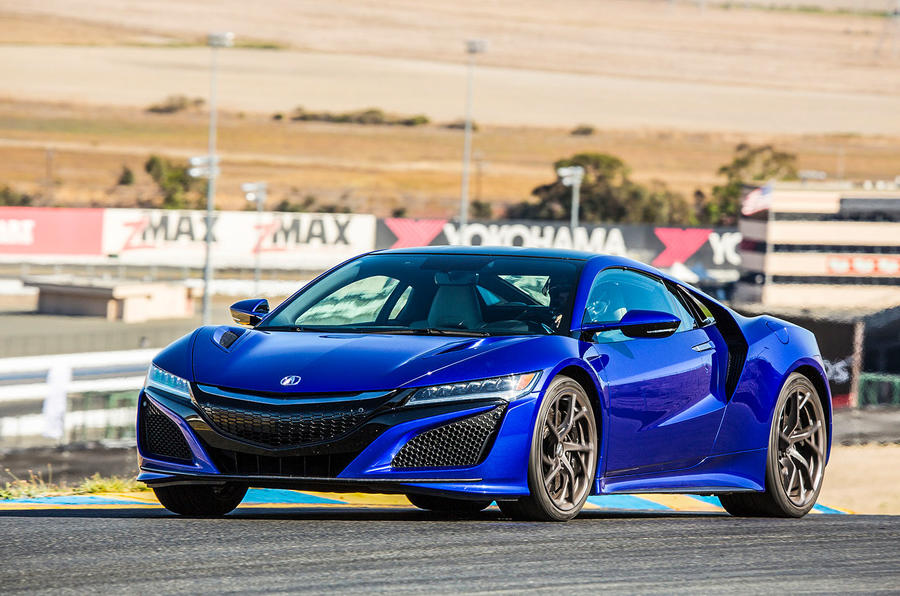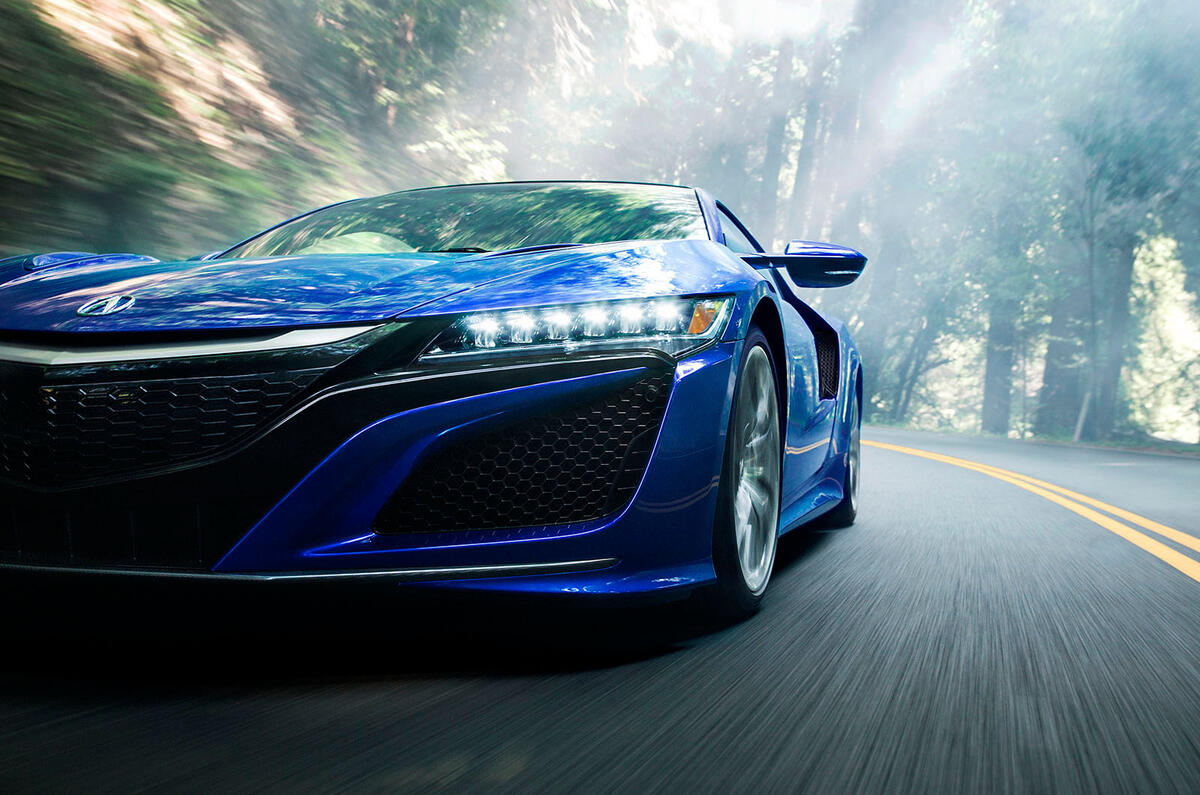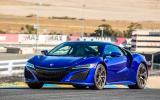What is it?
After the multiple concept cars and prototype spy shots and a complete reboot of the programme halfway through, Honda has finally produced a driveable new-generation NSX that you can buy. Or will be able to buy, once the car goes into production in the US next spring or thereabouts – as long as there are no more gremlins to sort out.
Our Honda NSX test car spent half of our two-day drive in northern California partially brain-fried by a limp-home mode triggered by the rev limiter. The distraught engineers corrected that problem and the rest of the time the NSX revealed itself to be a mid-engined track slayer very much in the Japanese bushido mode of quiet but swift competence. Honda has been out of the sports car arena for some time, so it’s good to see the company back in the game.
2016 Honda NSX - everything you need to know
Those familiar with the Porsche 918 Spyder hybrid will recognise elements of its make-up in the NSX. Up front are two electric motors with a combined output of 72bhp. These provide all-wheel-drive tractability, EV-mode stealth and torque vectoring capability through their overdriven planetary gearsets.
In the back, wedged between the 500bhp twin-turbocharged 3.5-litre V6 and its nine-speed dual-clutch automatic gearbox, is a third, 50bhp motor that helps the engine to deliver low-speed torque while it waits for the boost to build to its 1.05bar peak. Combined real-world power output is 573bhp – enough to be considered worthy of the supercar badge.











































Join the debate
Add your comment
This is Honda's halo car. It
oh!!! look look!!!!
Plenty of room for improvement.